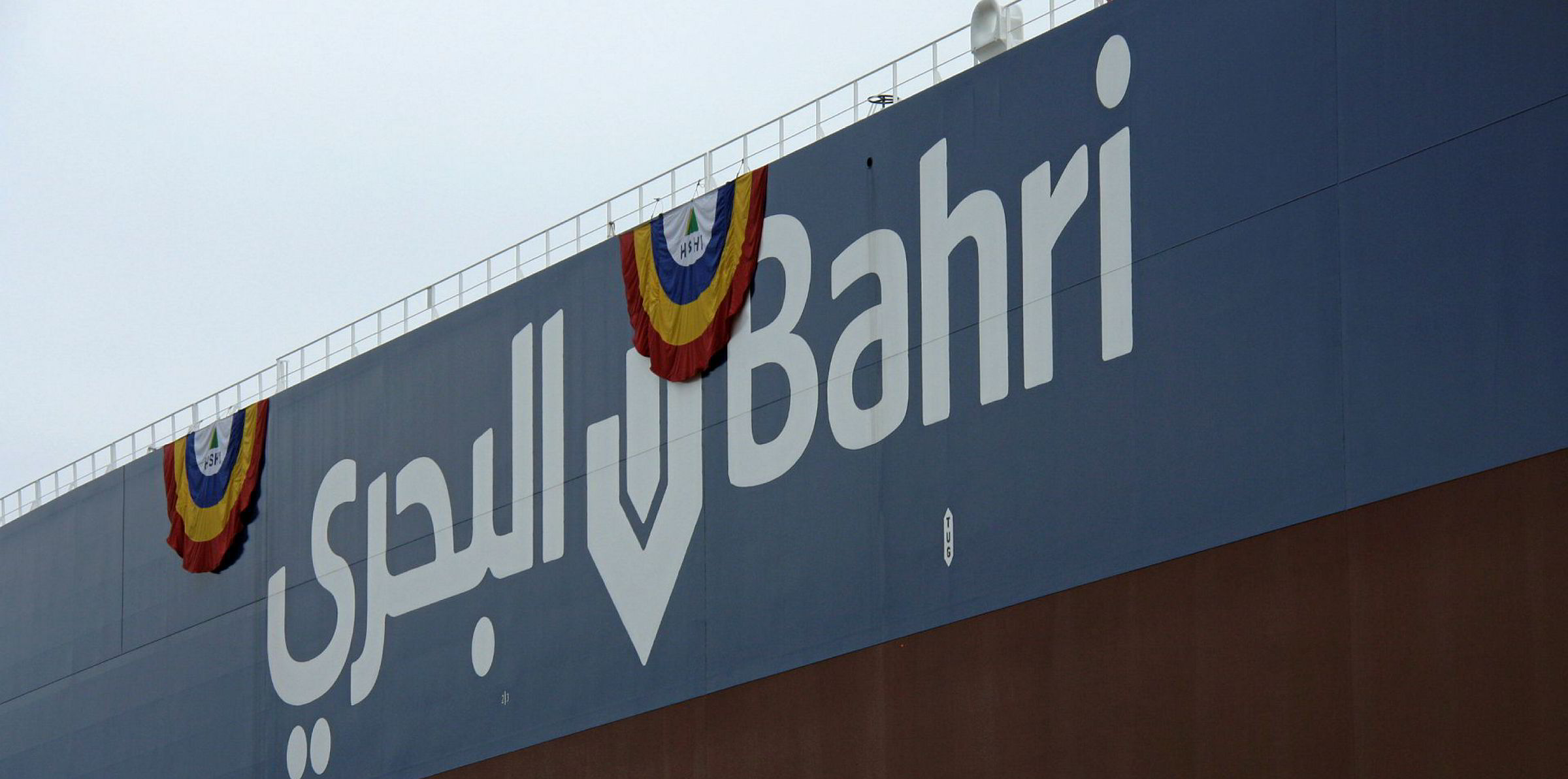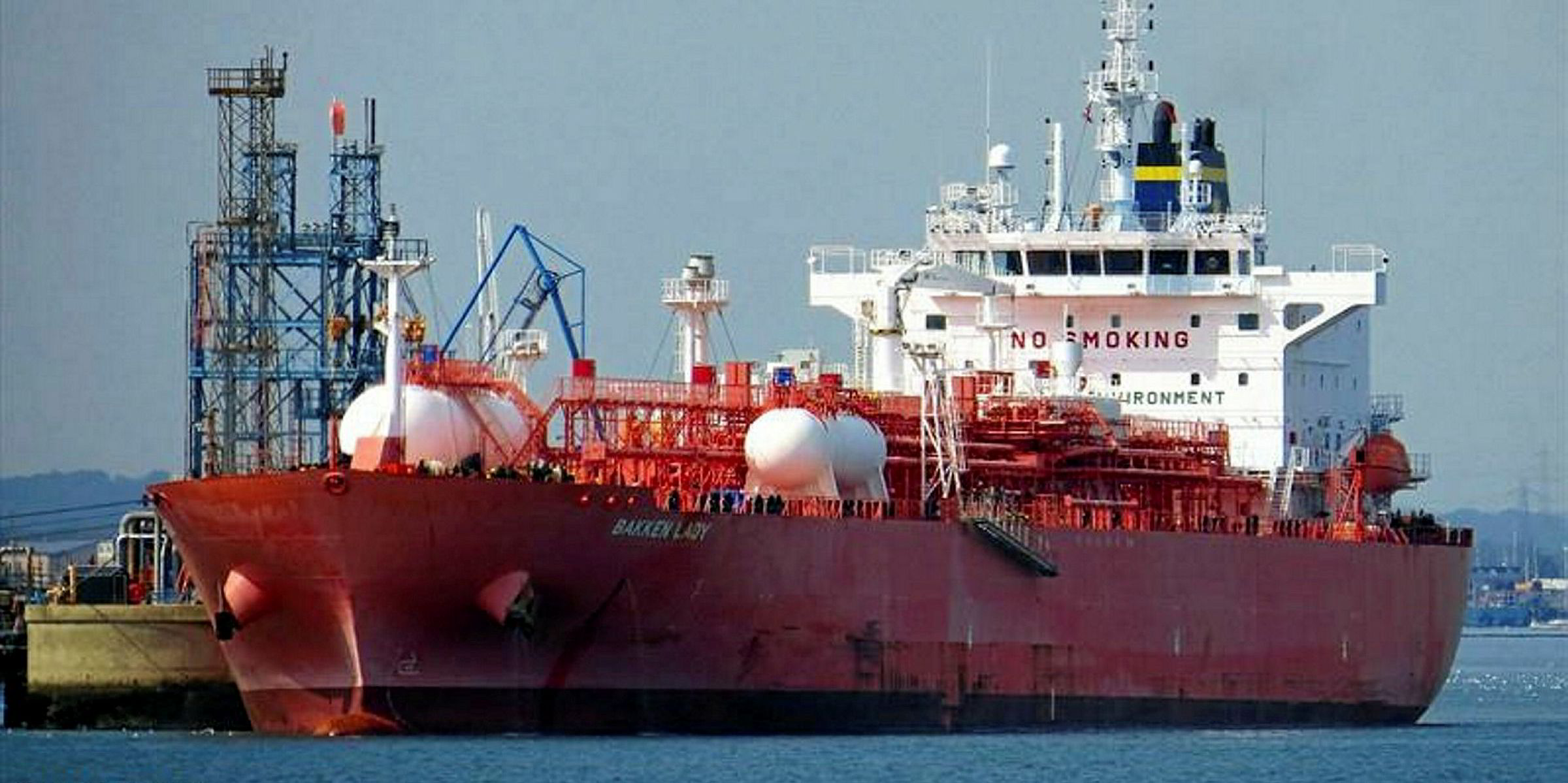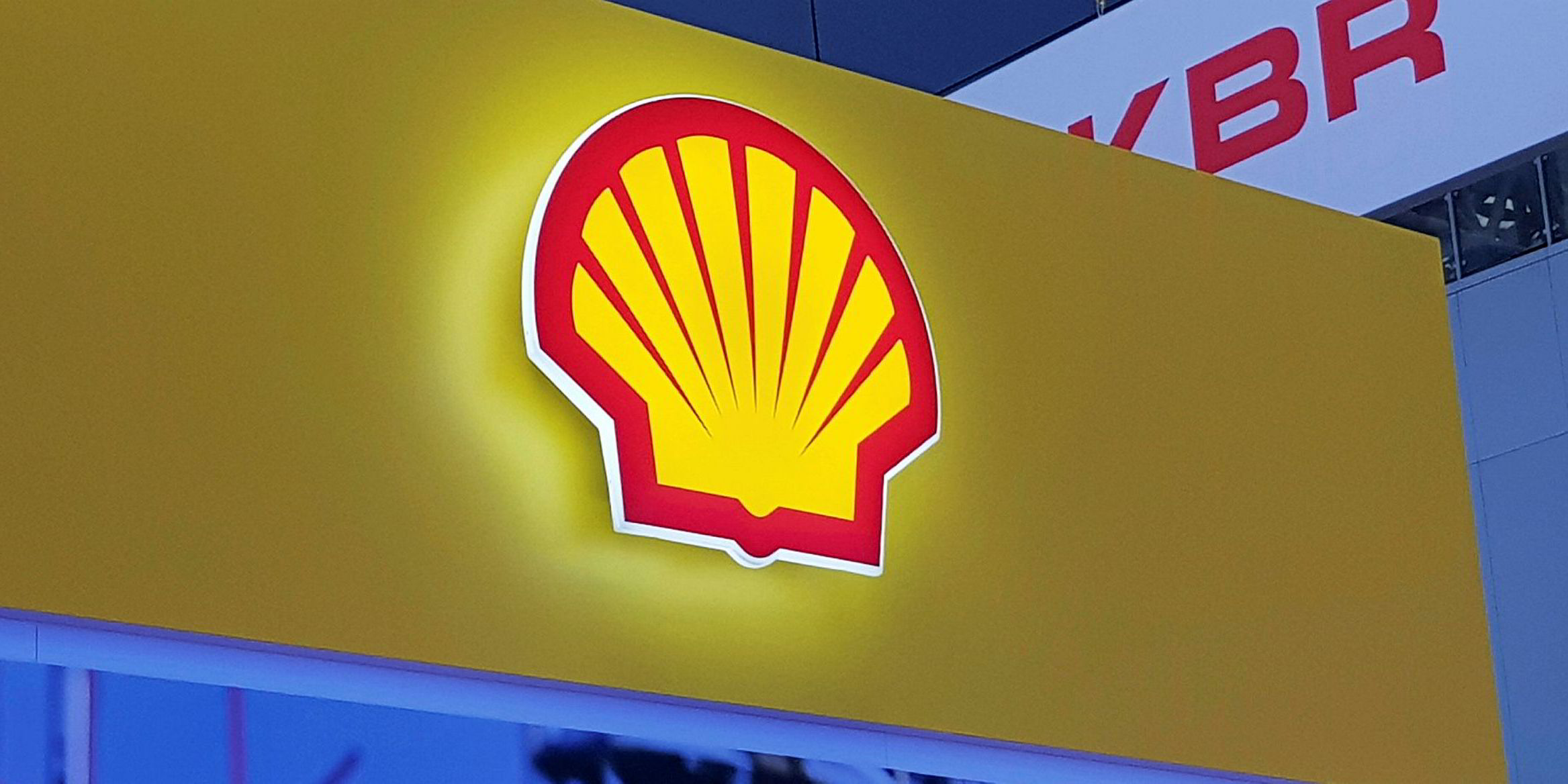After enjoying strong spot market earnings in recent weeks, segments of the product tanker market may soon start to see diverging fortunes for LR and MR vessels.
While LRs are well positioned to continue benefiting from low oil prices, weak gasoline demand will hurt MRs in the bread-and-butter Atlantic trade, according to analysts.
Global average LR2 earnings in the Middle East Gulf have ranged between $60,000 and $70,000 per day this month, while LR1 sums have been between $40,000 and $50,000 per day, Clarksons Platou Securities estimated.
The strength has largely resulted from the buoyant Middle East Gulf-East Asia trade, where daily LR earnings on the Baltic Exchange have been nearing their all-time highs.
Anoop Singh, the East of Suez research head at Braemar ACM, said the recent collapse in prompt oil prices had created a favourable environment for LR vessels by prompting naphtha trade and floating storage demand — and he predicted the bullishness would last for some time.
Cheap naphtha
With the naphtha price falling in line with oil, Singh said Asian petrochemical plants are hiking their imports of cheap feedstock.
“Long-haul naphtha volume on the West to the Far East have improved to levels not seen in over 12 months,” he said.
Singh added that their high imports of naphtha are to last for several months, with the price of LPG — the competing feedstock — expected to be supported by falling shale output in the US.
US propane production is forecast to fall to 1.55m barrels per day (bpd) in the fourth quarter of this year from 1.71m bpd in the first, while butane output is to decrease to 830,000 bpd from 890,000 bpd, according to the Energy Information Administration (EIA).
“Naphtha’s steep discount to propane has reignited naphtha demand — at the expense of LPG — at the petchem plants in the Far East,” Singh said.
“We expect these crackers to remain in ‘max-naphtha’ mode over the next six to nine months as naphtha prices stay below the switching threshold.”
In general, most Asian plants prefer to process naphtha when it trades at a less than 10% premium to LPG.
Floating products
Moreover, contango and demand woes have created incentives to store petroleum products at sea in the short term, some tanker owners and analysts have said.
According to Singh, a charterer can make money for floating jet fuel on an LR2 for three months if the daily rate is below $53,000. The break-even for floating gasoil would be $29,000 per day for the same period length.
“Of the 13 LR2s taken on time charters since the start of this month, most with time charters of up to six months' duration are priced at just over $42,000 per day, suggesting they are likely to be used for profitable floating storage trades,” Singh said.
Moreover, Singh estimated that 30 LR2s and 25 LR1s were bound for Europe with jet fuel, as of 9 April.
“With stocks near capacity and demand weak, if all of these end up storing, we could have about 10% of the clean trading LR fleet on storage by the end of this month,” Singh said.
MRs turning bearish
On the other hand, the Baltic Exchange’s Atlantic basket MR rate has fallen from $30,000 per day in mid-March to a still-healthy level of $20,000 per day now.
This came as gasoline imports of the US Atlantic coast dropped from 400,000 bpd in February to to 150,000 bpd now, according to Alphatanker.
The EIA has predicted gasoline consumption in the US will fall by 9% to 8.4m bpd in 2020 as a result of the Covid-19 pandemic.
Current freight rates are supported by LR-size cargoes splitting onto MR ships, but Alphatanker said it expects further downside to freight rates due to a closed arbitrage window for gasoline shipments from Europe to the US.
“As demand on the US Atlantic coast remains depressed, it will be easier for US Gulf refiners to satisfy demand there by shipping on the Colonial Pipeline, which lessens the need for imports,” Alphatanker said.









